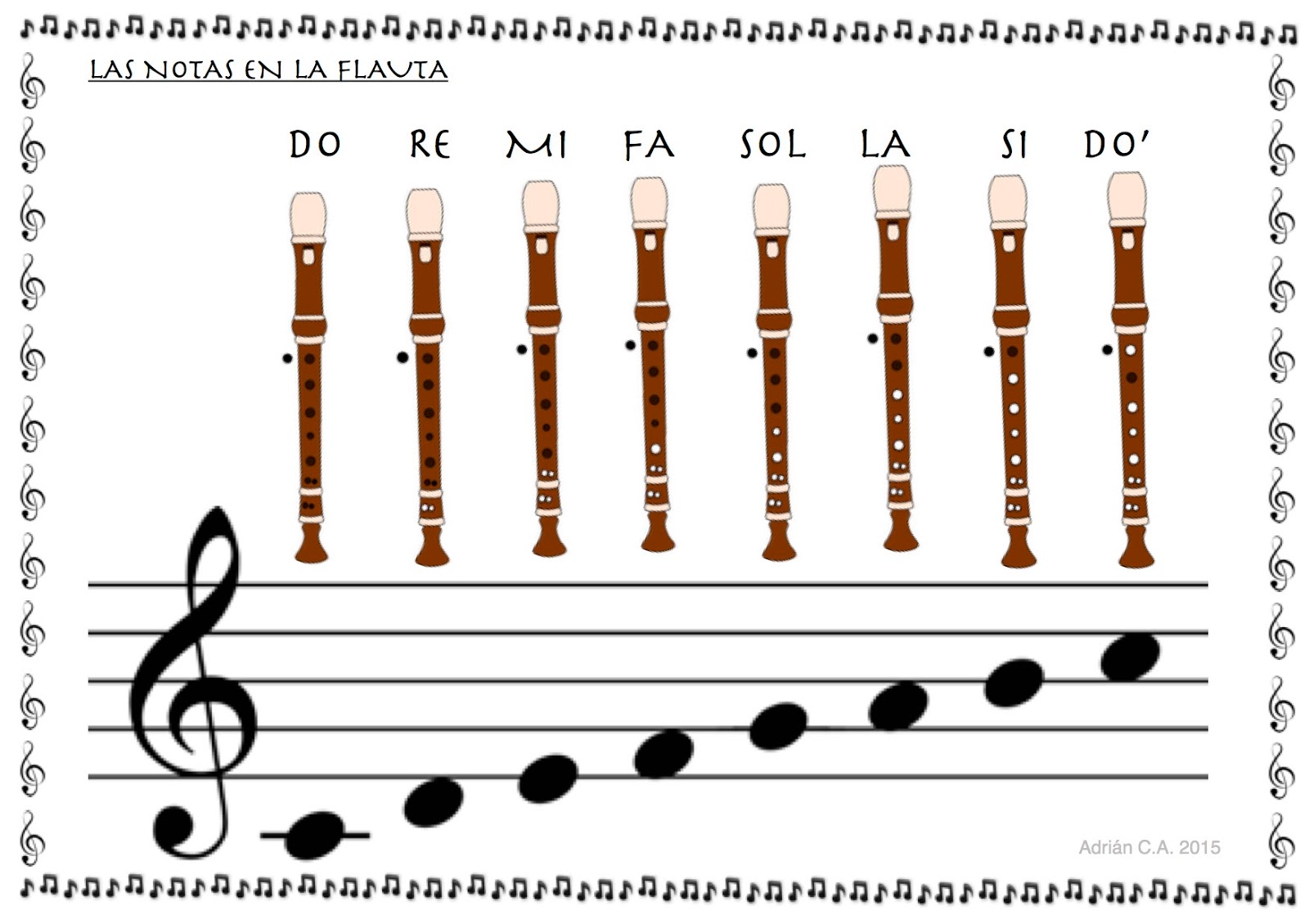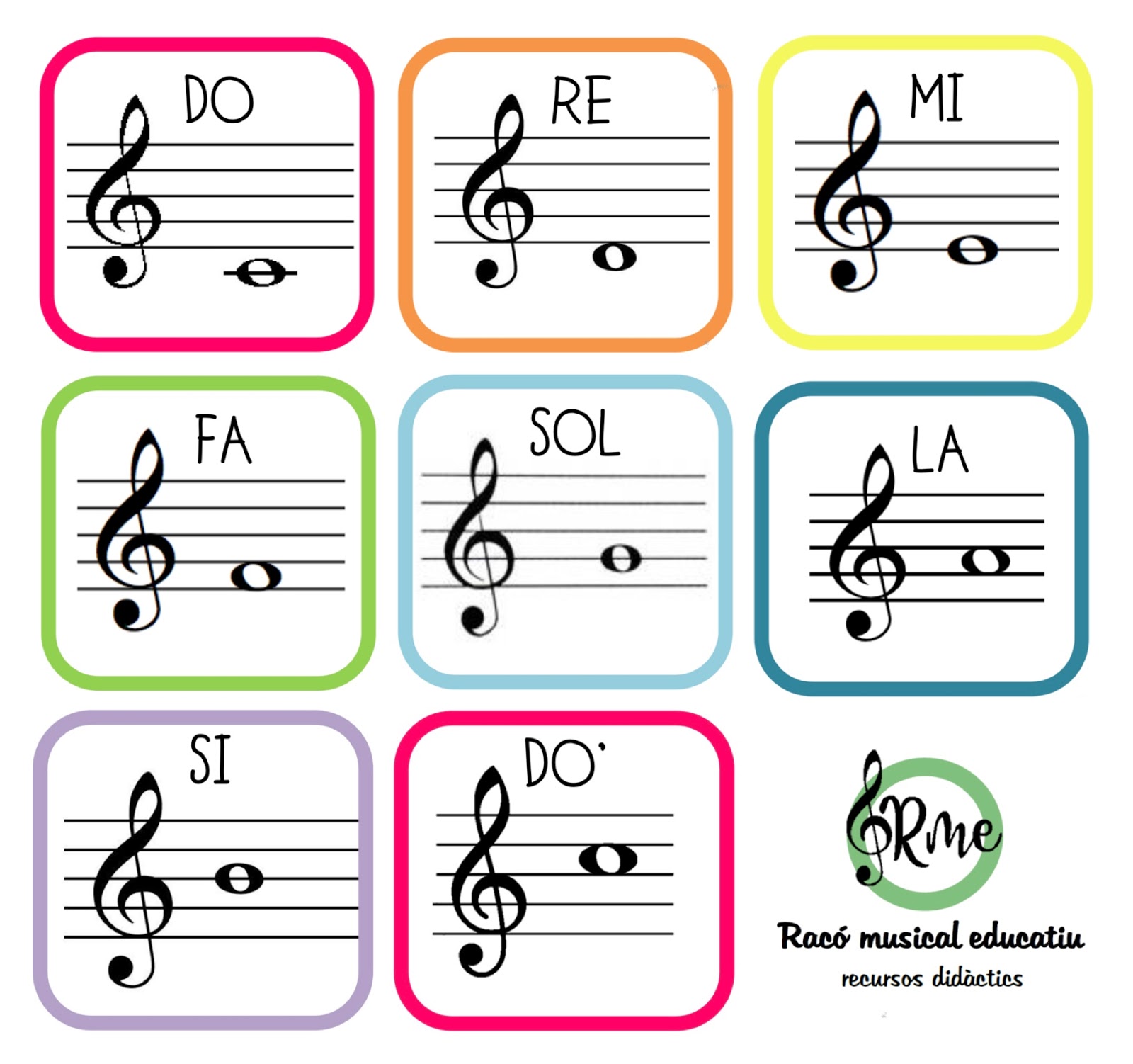Unlocking Music: Your Guide to Understanding Musical Notes
Have you ever listened to a piece of music and felt a wave of emotions wash over you? Or perhaps tapped your foot to a catchy rhythm without even realizing it? The magic of music lies in its ability to connect with us on a deep, emotional level, and at the heart of this magic lie the fundamental building blocks: musical notes.
Musical notes, often referred to as the "letters" of the musical language, are the individual sounds that, when arranged in specific patterns and sequences, create melodies, harmonies, and rhythms. Just as letters form words and sentences that convey meaning, musical notes combine to express a vast range of emotions, stories, and ideas.
Understanding musical notes unlocks a world of possibilities in appreciating, creating, and connecting with music. Whether you're a seasoned musician or a curious beginner, delving into the world of musical notes can enrich your musical journey in countless ways.
The history of musical notes can be traced back to ancient civilizations. Evidence suggests that early forms of musical notation existed in Mesopotamia and ancient Greece. The system we recognize today, however, evolved gradually over centuries, with contributions from various cultures. One pivotal development was the invention of staff notation in medieval Europe, which provided a standardized way to visually represent the pitch and duration of musical sounds.
The importance of musical notes is paramount in music. They are the DNA of every song, symphony, and sonata. Without notes, music as we know it would cease to exist. Just as a writer needs letters to craft stories, a composer relies on musical notes to weave intricate tapestries of sound. These notes, when played on different instruments or sung with varying techniques, can evoke a vast spectrum of emotions, from joy and excitement to sorrow and contemplation.
One of the fundamental concepts related to musical notes is pitch. Pitch refers to the highness or lowness of a sound. In Western music, notes are organized into a system called the chromatic scale, which consists of 12 notes: C, C#/Db, D, D#/Eb, E, F, F#/Gb, G, G#/Ab, A, A#/Bb, B. Each note represents a specific frequency, with higher notes having higher frequencies and lower notes having lower frequencies.
Another key aspect is duration, which determines how long a note is held. Musical notation uses symbols called note values to indicate the duration of each note. Common note values include the whole note (longest duration), half note, quarter note, eighth note, and sixteenth note (shortest duration). By combining notes of different pitches and durations, composers create melodies and rhythms that captivate listeners.
Advantages and Disadvantages of Understanding Musical Notes
While there are inherent benefits to grasping musical theory, let's examine some pros and cons:
| Advantages | Disadvantages |
|---|---|
| Enhanced musical appreciation | Can feel technical and overwhelming initially |
| Improved communication among musicians | Requires dedicated time and effort to learn |
| Unlocks creativity in composition and improvisation | May not be essential for casual music enjoyment |
While the technical aspects of musical notes may seem daunting at first, the rewards far outweigh the challenges. With practice and patience, anyone can develop a deeper understanding of these fundamental elements and unlock a world of musical possibilities.
In conclusion, musical notes are the essential building blocks of music, serving as the foundation for melody, harmony, and rhythm. From ancient civilizations to modern-day masterpieces, musical notes have played a pivotal role in shaping our cultural landscape. Whether you aspire to become a musician, enhance your listening experience, or simply gain a deeper appreciation for the art form, understanding musical notes opens doors to a world of creativity, expression, and connection. Embrace the journey of exploring the world of musical notes, and discover the infinite possibilities that music holds.
Dreaming of mexico find your perfect casa por renta
Unlocking the gs 15 salary your guide to opm compensation
Capturing emotion a guide to drawing sadness

son las notas musicales | Innovate Stamford Now

son las notas musicales | Innovate Stamford Now

son las notas musicales | Innovate Stamford Now

son las notas musicales | Innovate Stamford Now

son las notas musicales | Innovate Stamford Now

son las notas musicales | Innovate Stamford Now

son las notas musicales | Innovate Stamford Now

son las notas musicales | Innovate Stamford Now

son las notas musicales | Innovate Stamford Now

son las notas musicales | Innovate Stamford Now

son las notas musicales | Innovate Stamford Now

son las notas musicales | Innovate Stamford Now

son las notas musicales | Innovate Stamford Now

son las notas musicales | Innovate Stamford Now

son las notas musicales | Innovate Stamford Now